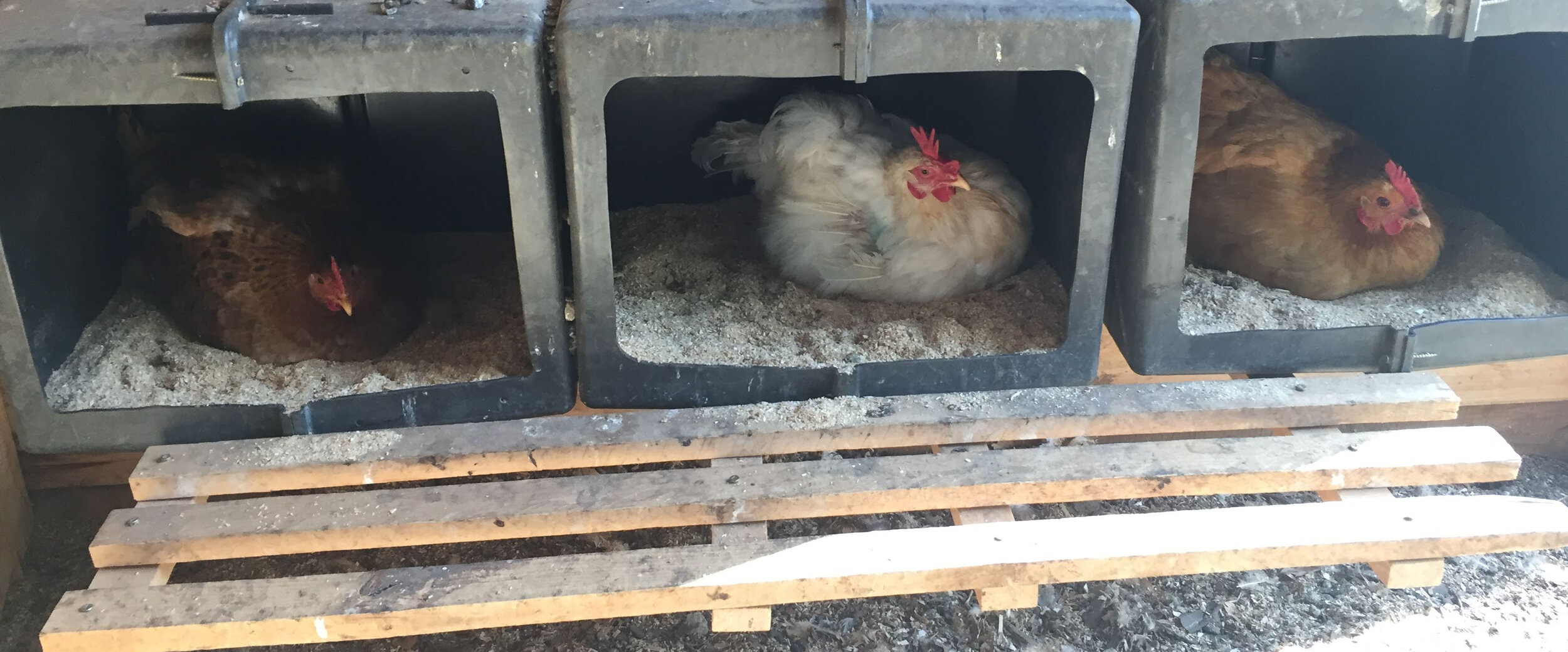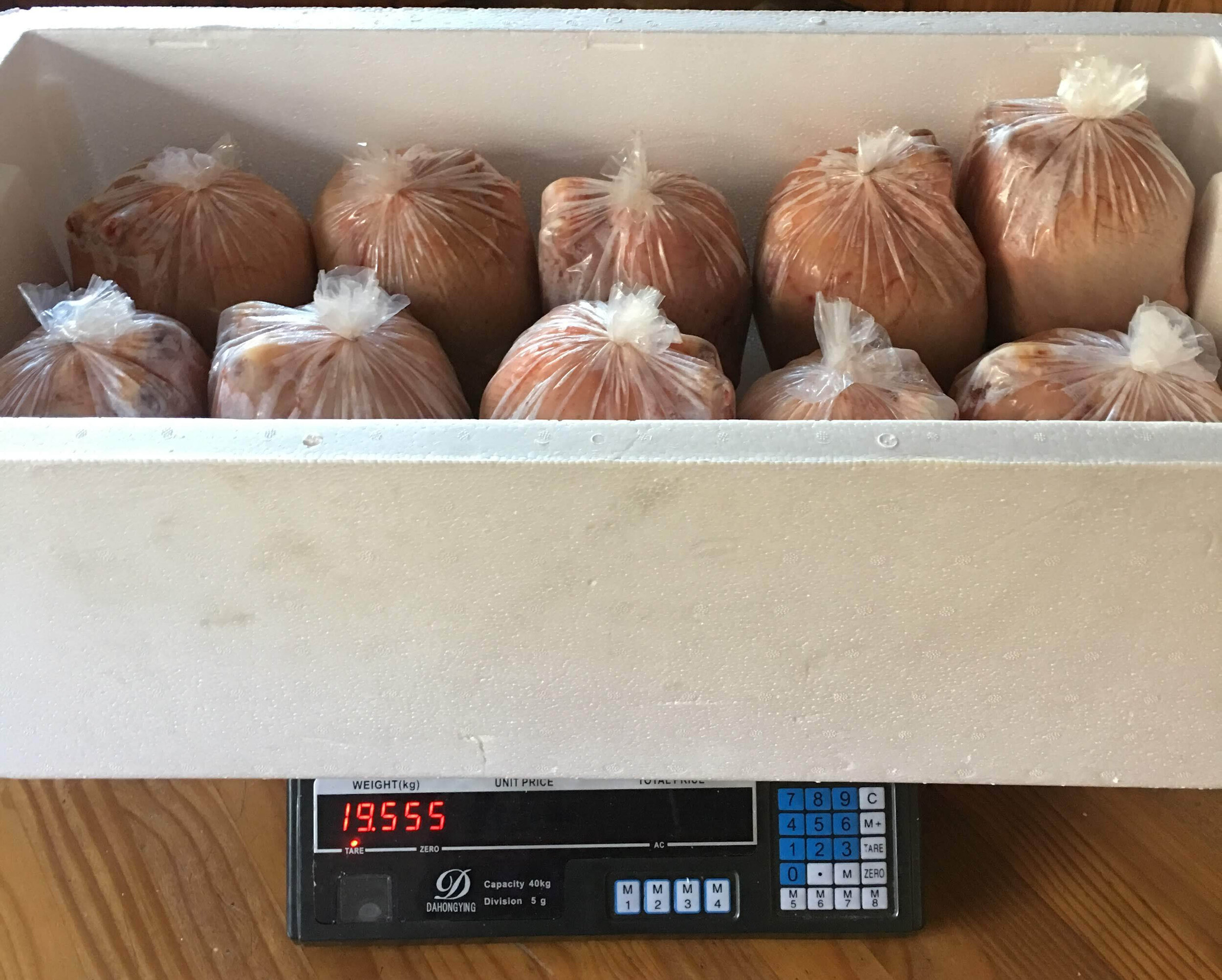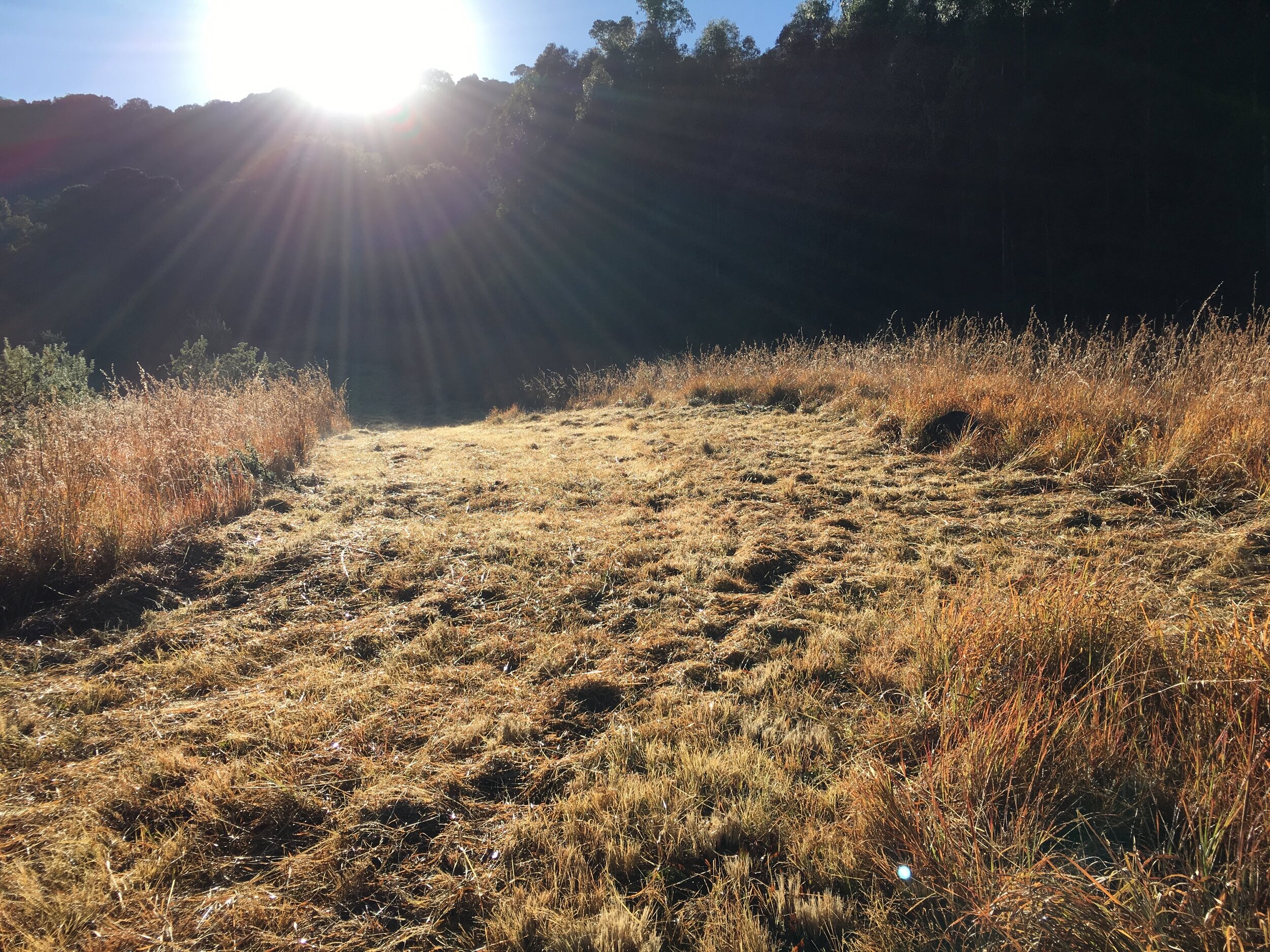Winter 2018
As we did last year in Winter, we decided to combine our June and July posts into one Winter Blog post as not much is happening this time of year.[gallery ids="1483,1481,1480,1479" type="rectangular"]Another reason for the delay is that we have been away for our annual break - yay! After 18 months without a break, we spent a wonderful week at the beach, in the warm Sodwana Bay area. It was like Summer for us with sunny days of 27C! We have spent another 2 weeks planning, reading, brainstorming and meeting with various potential element partners. We have had to make many decisions about which enterprises we can start in Spring, how to develop the existing ones and where to focus our time and energy. Every couple of months we find ourselves run ragged trying to do too many things too quickly so we took this time to take it slow, and plot carefully our next steps. The guesthouse has been closed (as are many of the wedding venues around us) and the staff took their annual leave so all was very quiet. Discussions revolved around the guest house management, farm and house maintenance, the next enterprises to invest in, the costs of those start-ups and the return, as well as integrating our other work. Oh and somewhere in between that, having time for ourselves!;) We tend to put so much of ourselves into what we do and have to keep reminding ourselves of the old adage - you can’t fill from an empty cup. It has been an intense, exciting, scary time. And faaaaaaar too many spreadsheets!!!!!!!!!!
The Production Team
This time last year, we had grand schemes of starting a herd of goats and buying a milk cow. Neither actually happened, but plenty of other things did! So while we plan away, we are always observing and thinking about what best suits our context as we go along, in terms of time, money and environment. Lets see where this year goes....[gallery ids="1493,1492,1478" type="rectangular"]
Dot, the Boschveld hen, giving a hug; some honeycomb and a bunch of winter roses
Pasture Raised Poultry
Our last batch of meat chickens were taken to the processor at the end of June. We learnt some very valuable lessons, but unfortunately we had a large number of losses. It seems during the brooding phase, we may have kept the chicks too warm and thus their respiratory systems did not develop properly. Added to this, we have discovered that the brooder area is vulnerable to drafts. Our chicks were brooding at the change of season between Autumn and Winter so it was quite windy. The chicks got respiratory infections early on that we had to treat. Some of them, it seems, either did not manage to overcome this infection, or their respiratory systems did not develop fully and once they were on pasture, and more exposed, they became sicker and weaker. The sick chickens were separated and kept in a different house. Although our chickens live in pens for safety, they still meet and exceed criteria for free range chickens. We covered their pens at night but kept them open during the day so the chickens could sun themselves. Being outdoors 24/7 means we have to be very aware of the weather conditions and take action quickly. However, we learnt a lot about running chickens in early Winter and we are once again glad that we stayed with a batch size of 100 chickens so that we could learn and observe seasonally. The chickens that were not sick, finished well and healthy with a much better weight than our last batch. Our average weight this time was 300 grams higher, with our biggest birds having a dressed weight of over 2.6kg! This is encouraging. We are in the process of converting a new area for the brooder and selecting the best pasture for the pens for Spring.
Laying Hens
In May we rehomed any of the roosters that had hatched over the last few months as they were old enough to start displaying the defining characteristics of a cockerel. We are now left with 18 hens and our Buff Orpington rooster. We have to supplement the layers' diet, especially in winter when food is scarce, but they really only get a couple handfuls of pellets between the flock. We continue to move them in an area around the coop to rest the grass so that they can still have good forage when they move onto new areas. We have been very excited to find that about ¾ of the flock is laying consistently so we are getting a nice number of eggs each day. This is exciting considering some of our hens are 2,5 years old (they would have been culled at 18 months in the industry) and the younger ones are mostly offspring of the Buff Orpington rooster and various indigenous mixes. Buff Orpingtons usually only lay around 9 months old, whereas indigenous breeds lay at 5-6 months old. Ours are starting to lay somewhere in between. [gallery ids="1489,1490,1477" type="rectangular"]
Our free range, grass fed eggs; and the production team having a board meeting!
We've had fairly warm weather and a number of our hens have become broody! We thought they'd give up with the cold but here is Ellie Mom with 5 gorgeous little mid-winter babies! Two of the babies show more dominant Buff Orpington genes (from the rooster) while the 3 black ones are Potch Koekoek (from the mommy hen) babies. One of our other hens, Rocky, (we thought she was a Plymouth Rock) keeps jumping the fence and laying in her own made nest. This made it easy for us to collect her eggs and put them all under Ellie Mom, knowing we have good genes in these eggs! We have another two hens who have just started to go broody so lets see if they commit...maybe we can start a commercial laying flock naturally![gallery ids="1485,1484" type="rectangular"]
Market Garden
The market garden is resting, with wood chips and compost layered on the beds, along with cover crops to protect the soil and decompose to provide rich organic matter for next planting season. We are still able to harvest carrots throughout the season, although our beetroot is not yet ready.[gallery ids="1445,1476,1491" type="rectangular"]
Farmer's Market
We attended the VegBox Company’s Winter Food Fayre last weekend. We took along our sourdough stoneground pizza bases that always prove to be a hit, some grassfed chicken, eggs and winter veg (carrots and microgreens). It was, again, a fun and productive day with many sales and more contacts made. We are already looking forward to the Spring Fayre![gallery ids="1487,1488,1489" type="rectangular"]
Firebreaks
Winter is also the time for burning firebreaks. There are still camps of people debating the value of firebreaks - on the pro side, it protects against runaway fires and allows early shooting of grass in spring, levels the playing field for grass varieties (palatable and non) as well as providing the conditions for some plants that need the heat and smoke of a fire to begin germination. On the other side of the fence are those that believe fire is tool, not a necessity; proper land management and grazing patterns void the need for burning - careful management means grass becomes thick and lush, animals trample it causing the grass to become its own mulch and trap moisture leaving the grass quite green. We have seen evidence of this in some the well grazed areas on the mountain. For now, we go along with what has always been done until we know more, and can see evidence of more. A runaway fire landing up in our neighbour’s plantation is not something we want to face![gallery ids="1500,1499,1498" type="rectangular"] Some more fun and games was the tractor getting stuck in the mud on its way to get firewood, requiring the neighbour to come with his giant tractor to pull us out! Elliott is here sporting all of the mud the could find during this event! And the usual winter water leak - soil with a high clay content dries and shrinks in winter and seems to put just too much pressure on the 30+ yr old pipe connections.[gallery ids="1496,1497" type="rectangular"]With the shorter, dry grass (and hibernating snakes!) we have done a number of walks along the mountain and enjoyed exploring new trails. Next week we leave our little Winter cocoon and head back to work and school, as well as hit the ground running with both the guesthouse and farm as we prepare for Spring! Today, we sit cozily by the fire, watching the mist and drizzle fall on the relieved earth, and hope for snow as the hornbills fly past, feeling very hard done by!
Next week we leave our little Winter cocoon and head back to work and school, as well as hit the ground running with both the guesthouse and farm as we prepare for Spring! Today, we sit cozily by the fire, watching the mist and drizzle fall on the relieved earth, and hope for snow as the hornbills fly past, feeling very hard done by!
Winter's Purpose (from our Winter post last year, to remind ourselves!)
Winter is a time of rest, of preparation, of dormancy before bursting forth. Our minds and bodies need this too. Days are shorter to allow us to naturally sleep more, rest more and give our minds and bodies some much needed quiet time. Everything is so perfectly timed in nature. Watching the leaves fall, that serve as mulch to protect the roots from the cold, and hold in moisture, forcing the plant to conserve its energy and turn inward to use central stores, as well as beginning to turn to compost to provide a nutrient rich source of energy for the plant to burst into growth again in Spring. Then the winds begin to blow, to scatter the remaining leaves and open up the soil again to receive the spring rains, for the warmth to reach the roots and signaling the time to wake up. The wind comes, and the rains come, in their own time. We cannot rush it. We cannot force it to happen. We cannot force natural growth during winter. In our modern world we don’t really function like that anymore. We don’t really allow our bodies (or land) the time to rest. We push, rush, force, to such an extent that we run in a totally unnatural way which obviously puts stress on us, and the environment. How beautiful and what peace it brings when one realises how truly blessed we are on those chilly Winter days to know that this too is a season that will pass, but at the same time a season of purpose and beauty of its own. All the unseen things happening. We should cherish that both in the natural world and the seasons of our lives.

